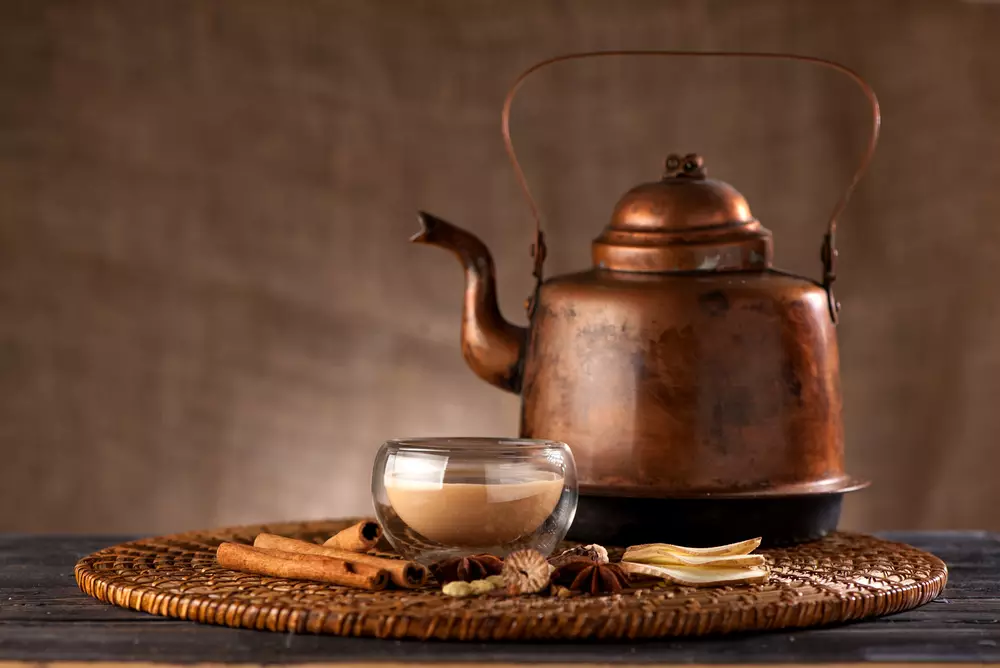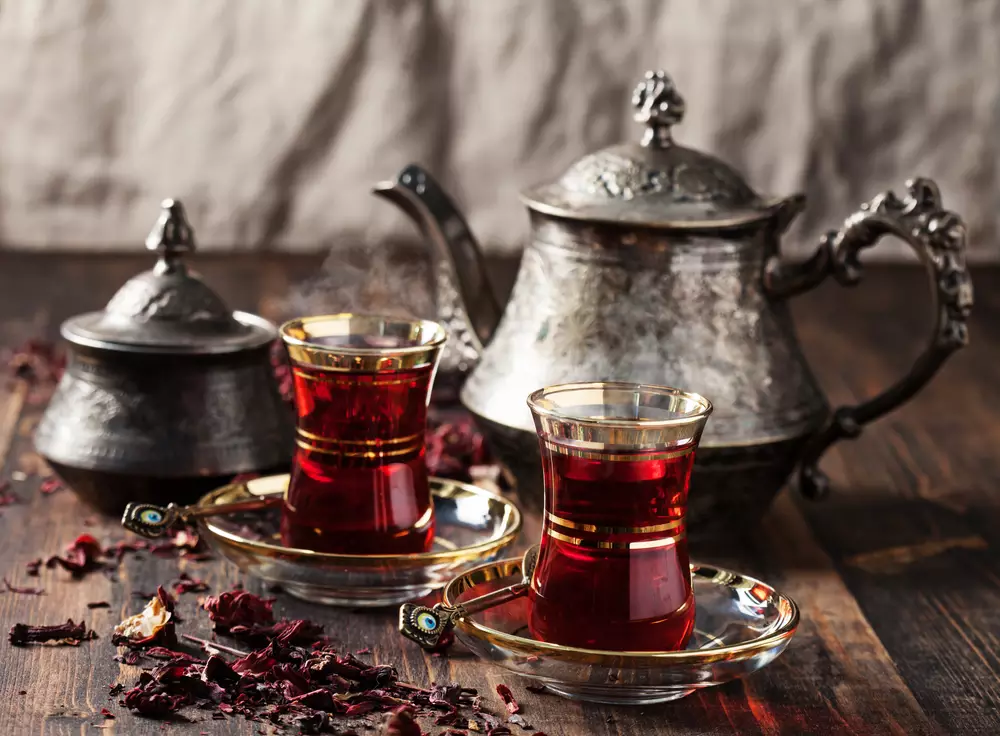A tea kettle is an essential kitchen appliance that many people use daily. Whether you’re a tea lover or simply enjoy a cup of hot water, a tea kettle is a convenient and easy way to boil water quickly. However, over time, mineral buildup, rust, and other impurities can accumulate inside your tea kettle, affecting its performance and taste. Therefore, it’s essential to know how to clean a tea kettle properly to keep it functioning optimally and ensure the water it heats up is safe to drink.
In this guide, we’ll provide you with step-by-step instructions on how to clean a tea kettle, including natural and chemical cleaning methods, tips on maintenance, and ways to prevent mineral buildup. By following these guidelines, you’ll be able to enjoy a perfectly functioning and safe tea kettle for years to come.
What Makes Tea Kettles Dirty?
Tea kettles can become dirty due to various factors. One of the most common reasons is mineral buildup caused by hard water. When hard water is boiled in a kettle, minerals such as calcium and magnesium can accumulate inside the kettle, leaving behind a chalky white or yellowish residue. Over time, this buildup can affect the taste of the water and even clog the spout of the kettle.
Another factor that can make tea kettles dirty is rust. If a tea kettle is made of metal, it can rust over time due to exposure to moisture. Rust can cause discoloration, foul odors, and even health hazards if ingested. Finally, tea kettles can also become dirty due to regular use, as stains from tea or coffee can accumulate on the surface of the kettle.

3 Signs Your Tea Kettle Needs to Be Cleaned
It’s essential to clean your tea kettle regularly to prevent mineral buildup and other impurities from affecting the taste and performance of the kettle. Here are three signs that indicate your tea kettle needs to be cleaned:
- Mineral buildup: If you notice a chalky white or yellowish residue inside your kettle, it’s a sign of mineral buildup. The buildup can affect the taste of the water and even clog the spout of the kettle.
- Rust: If you notice any discoloration or rusty spots on your tea kettle, it’s a sign that the kettle needs to be cleaned. Rust can affect the taste of the water and even pose health hazards if ingested.
- Stains and odors: If your tea kettle has stains or foul odors, it’s a sign that it needs to be cleaned. Regular use can cause stains from tea or coffee to accumulate on the surface of the kettle, which can affect the taste and smell of the water.
Natural Cleaning Methods for Tea Kettles
Natural cleaning methods are a safe and effective way to clean your tea kettle without using harsh chemicals. Here are a few natural cleaning methods you can use to clean your tea kettle:
- Vinegar and Water Solution: Mix equal parts of white vinegar and water in the tea kettle and let it sit for about an hour. After an hour, rinse the kettle thoroughly with water and wipe it clean with a dry cloth. Vinegar is acidic and can dissolve mineral buildup and other impurities in the kettle.
- Lemon Juice and Baking Soda: Cut a lemon into small pieces and squeeze the juice into the tea kettle. Add a tablespoon of baking soda and fill the kettle with water. Bring the mixture to a boil and let it simmer for 15-20 minutes. Afterward, rinse the kettle thoroughly with water and wipe it clean with a dry cloth. The combination of lemon juice and baking soda can effectively remove stains and odor from the tea kettle.
- Salt and Vinegar: Mix a tablespoon of salt and half a cup of white vinegar in the tea kettle. Fill the kettle with water and bring the mixture to a boil. Let it simmer for 10-15 minutes, then rinse the kettle thoroughly with water and wipe it clean with a dry cloth. The salt helps to scrub away mineral buildup and other impurities, while vinegar dissolves them.
Remember to rinse your tea kettle thoroughly with water after using any of these natural cleaning methods to avoid any residual taste or odor.
Chemical Cleaning Methods for Tea Kettles
Chemical cleaning methods are an effective way to remove tough stains and mineral buildup from tea kettles. Here are some chemical cleaning methods you can use to clean your tea kettle:
- Descaling Solutions: Descaling solutions are specifically designed to remove mineral buildup from tea kettles. They are available in powder or liquid form and can be found in most stores that sell household cleaning products. Follow the instructions on the product label to use the descaling solution effectively.
- Baking Soda and Water Solution: Make a paste of baking soda and water and apply it to the inside of the tea kettle. Let it sit for about an hour, then scrub the inside of the kettle with a brush or sponge. Rinse the kettle thoroughly with water and wipe it clean with a dry cloth. Baking soda is a mild abrasive that can help remove tough stains from the kettle.
- Hydrogen Peroxide and Water Solution: Mix equal parts of hydrogen peroxide and water in the tea kettle and let it sit for about an hour. After an hour, rinse the kettle thoroughly with water and wipe it clean with a dry cloth. Hydrogen peroxide is a powerful oxidizing agent that can dissolve mineral buildup and other impurities in the kettle.
When using chemical cleaning methods, it’s important to follow the instructions on the product label carefully and to wear gloves and protective eyewear if required. Rinse the tea kettle thoroughly with water after cleaning it with a chemical solution to avoid any residual taste or odor.
Final Steps for a Shiny and Clean Tea Kettle
After cleaning your tea kettle, there are some final steps you can take to ensure it is shiny and clean:
- Rinse Thoroughly: After cleaning, rinse the kettle thoroughly with clean water to remove any remaining cleaning solution or residue.
- Dry Thoroughly: Use a clean, dry cloth to dry the kettle completely, including the lid and spout. Leaving any moisture can cause mineral buildup or rust to form.
- Polish: If you want to give your tea kettle an extra shine, you can use a small amount of olive oil or coconut oil on a soft cloth to polish the exterior of the kettle. Make sure to wipe away any excess oil.
- Store Properly: Store the tea kettle in a dry, cool place to prevent dust and moisture buildup. Make sure the lid is left open to prevent any odors from forming.
By following these final steps, your tea kettle will be shiny, clean, and ready to use for your next cup of tea.
Preventing Mineral Buildup in a Tea Kettle
Preventing mineral buildup in a tea kettle is essential to maintain its performance and prolong its lifespan. Here are some tips to prevent mineral buildup in your tea kettle:
- Use Filtered Water: Using filtered water is the best way to prevent mineral buildup in your tea kettle. It reduces the amount of minerals and impurities in the water, which can accumulate in the kettle and cause buildup.
- Regularly Clean Your Kettle: Regularly cleaning your tea kettle can prevent mineral buildup from accumulating inside it. Use natural or chemical cleaning methods to remove any mineral buildup or stains.
- Empty the Kettle After Use: Empty the kettle after each use to prevent water from sitting in it for an extended period, which can lead to mineral buildup.
- Avoid Boiling Water Multiple Times: Boiling water multiple times in the same kettle can cause mineral buildup to accumulate faster. Instead, boil only the amount of water needed for your current use.
- Use Descaling Solutions: Use a descaling solution regularly to prevent mineral buildup in your tea kettle. Follow the instructions on the product label for effective use.
Conclusion
Cleaning your tea kettle regularly is important to maintain its performance and prolong its lifespan. Mineral buildup, burnt stains, and other impurities can affect the taste and quality of your tea, so it’s essential to clean your kettle thoroughly. Whether you prefer natural or chemical cleaning methods, there are many ways to clean your tea kettle effectively.
Additionally, taking preventive measures such as using filtered water and regularly cleaning your kettle can help prevent mineral buildup and keep it in good condition. By following these tips and taking the time to clean and care for your tea kettle, you can enjoy a perfect cup of tea every time.
